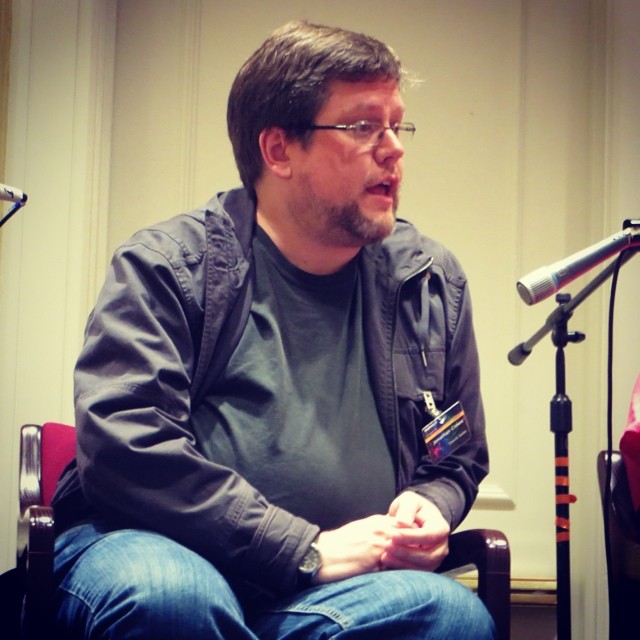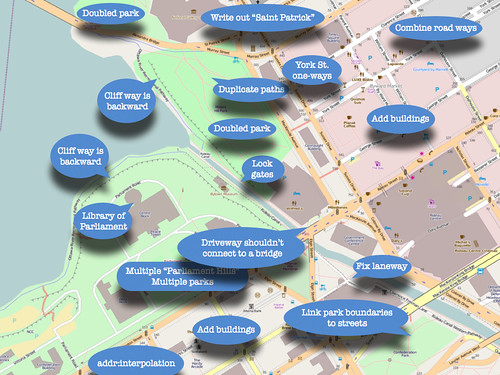 I bet you’ve been wondering what I thought about Peng Shepherd’s novel The Cartographers (William Morrow/Orion, March 2022). After all, it’s a literary fantasy about maps: is it even possible for a book to be more relevant to my interests? Well, wonder no longer, because I’ve reviewed it for Strange Horizons.
I bet you’ve been wondering what I thought about Peng Shepherd’s novel The Cartographers (William Morrow/Orion, March 2022). After all, it’s a literary fantasy about maps: is it even possible for a book to be more relevant to my interests? Well, wonder no longer, because I’ve reviewed it for Strange Horizons.
This piece is a little bit different from the usual review, in that it examines The Cartographers in the context of mysteries and fantasy that deploy similar map tropes, as well as the idées fixes our culture has about maps. As I write in the review, there’s an awful lot for me to unpack:
I have been writing about maps for nearly two decades, and in that time I have encountered many works of fiction that incorporate maps and map tropes into their storytelling, whether as paratexts or as plot elements, and I have never encountered a story, at any length, as thoroughly encompassed by maps as The Cartographers. It’s not just that almost every character in the book works with maps in some fashion, whether as a cartographer, artist, librarian, map dealer, or technician. Nor are maps just a plot point—they are the point. The Cartographers is a Stations of the Map: its pilgrimage follows a path that touches on so many aspects of maps and mapmaking, from academic cartography to fire insurance maps. It spends time on the purpose and meaning of maps: it aspires to an almost Socratic dialogue. It deploys familiar fantasy genre tropes about maps. But it’s structured as a mystery novel, and opens with a murder.


 Star Maps: History, Artistry, and Cartography
Star Maps: History, Artistry, and Cartography





 My short essay on
My short essay on 